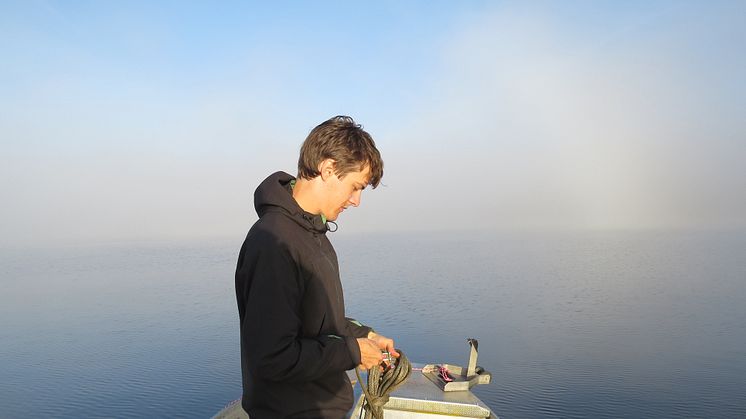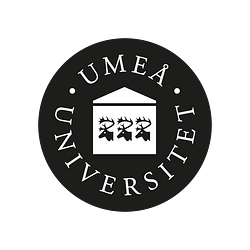
Press release -
10,000 year-old DNA proves when fish colonialized our lakes
“It’s fantastic news that DNA can be stored for so long in lake sediment. Normally, free DNA molecules break down within days, but certain DNA fragments are preserved because they bind to clay particles,” says Professor Göran Englund, one of the researchers behind the study.
The DNA molecules in lake sediment are few and hard bound to particles. This resulted in challenging analyses and required development of new methods, both for extracting sufficiently clean DNA and for the statistical analysis of data. For this work, doctoral student Fredrik Olajos and researcher Folmer Bokma’s efforts were of particular importance.
“Being able to map the prevalence of DNA in lake sediments is now opening up a new window into history, which lets us see how nature has developed over a long period of time,” says Göran Englund. We have already started a project aiming to study how lake ecosystems are affected by historical climate changes. That can provide important clues to a better understanding of how the current global warming will affect ecosystems.”
Researchers chose Stora Lögdasjön and Hotagen for the study since they expected the whitefish to have colonized these lakes at different points in time. Stora Lögdasjön was connected to the Baltic Sea when the inland ice melted around 10,000 years ago. The connection was cut off 9,200 years ago when the land uplift created a waterfall, Storforsen, which the whitefish was unable to travel up.
“Our hypothesis was that the whitefish colonized Stora Lögdasjön immediately after the ice-melt, which turned out accurate. Close to Hotagen, on the other side, there was a waterfall that prevented the whitefish from colonizing the lake after the ice melted,” says Göran Englund.
Historic, written sources, however, show that whitefish has been found in Hotagen at least since the 18th century. Furthermore, the researchers were able to see that the speciation process that occur in many lakes – namely that whitefish populations diverge into large-bodied and small-bodied species, had not developed as far in Hotagen.
“Based on this information, we assumed that the whitefish had colonized the lake long after ice-melt, but before the 18th century. It happening already 2,200 years ago was, however, a slight surprise,” says Göran Englund.
“Naturally, we can’t know for certain how the whitefish spread to Hotagen. Fish-eating animals like the otter, bear, osprey and dipper may have been involved, but the most likely theory is that hunters and fishermen who resided in the area 2,000 years ago played a part. We can see increasing evidence that fish species were introduced to new lakes by the humans that first colonized Scandinavia,” concludes Göran Englund.
Original article:
Estimating species colonization dates using DNA in lake sediment, Fredrik Olajos, Folmer Bokma, Pia Bartels, Erik Myrstener, Johan Rydberg, Gunnar Öhlund, Richard Bindler, Xiao-Ru Wang, Rolf Zale, Göran Englund, Methods in Ecology and Evolution, DOI: 10.1111/2041-210X.12890
For more information, please contact:
Göran Englund, professor, Department of Ecology and Environmental Science at Umeå University
Phone: +46 90-786 97 28
Email: goran.englund@umu.se
Topics
Categories
Umeå University
Umeå University is one of Sweden's largest institutions of higher learning with over 32,000 students and 4,200 employees. We have a well-established international research profile and a broad range of study options. Our campus constitutes an inspiring environment that encourages interdisciplinary meetings - between students, researchers, teachers and external stakeholders. Through collaboration with other members of society, we contribute to the development and strengthen the quality of our research and education.

